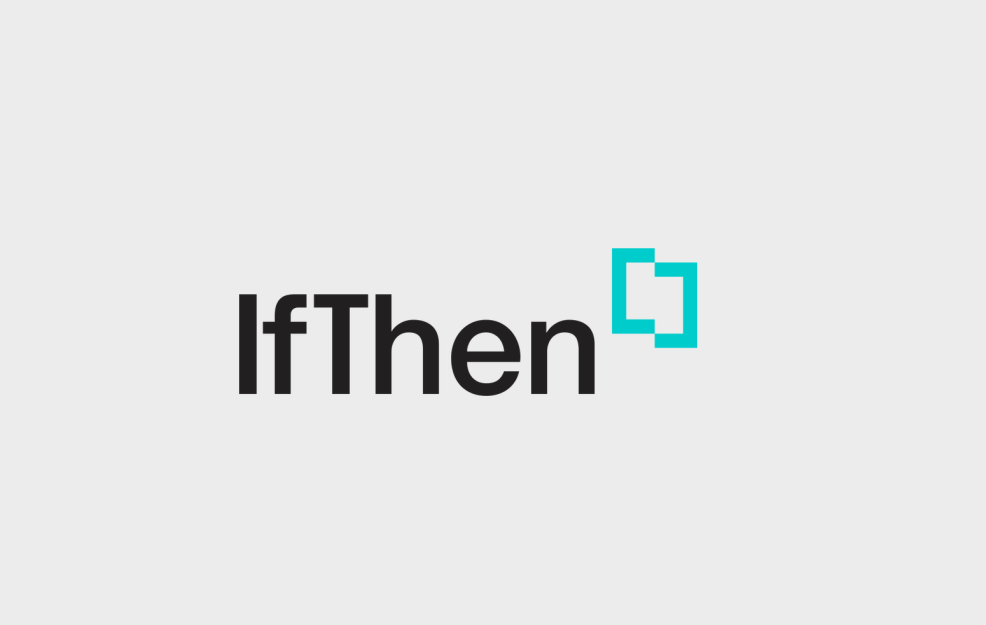
Next Level Personalization for Content Publishers


One clearly identifiable trend that has emerged in the course of the digital era is the use of personalization to deliver better results—both for the consumer and to a company’s bottom line. Whether it’s Amazon’s “Customers who shopped for X also shopped for Y” or prompts to consume more content via “Related Coverage” from the New York Times, a personalized end-user experience can change consumer behavior. Still, despite this evidence, many media companies struggle with delivering a truly personalized experience to their consumers.
In part, it may be because their business models have not provided much in the way of incentive to produce a personalized experience. For example, it’s clear that the viewing recommendations delivered by Netflix or Amazon Prime Video are tailored very closely to a user’s habits. However, behavior prompted by those recommendations, for the most part, does not create new revenue for either the content originators or the distributors themselves. It may serve to reduce subscriber churn, itself a great benefit, but it is not an incremental revenue driver. Even the largest media companies with mature, ad-supported digital businesses still may find their “core” products, namely linear video, struggle to deliver significant customization to consumers. This may be due, in part, to essentially being wholesale businesses at heart.
Take WarnerMedia as an example, specifically its linear television networks as embodied by the former Turner Broadcasting. While nearly all the former Turner networks are ad-supported, a significant portion of their revenue, slightly more than 60% in 2018, is derived from “wholesale” distribution deals that provide the networks to cable and satellite operators to transmit to their retail consumers. Linear distribution models like these offer virtually no opportunity for the networks or the cable operators to personalize the content experience.
The rise of non-linear, direct to consumer (DTC) distribution in the form of on-demand services introduced new avenues of personalization for content publishers. Both advertisement-based video on demand (AVOD), the kind found in many over-the-top (OTT) platforms such as Roku and Apple TV and transaction-based video on demand (TVOD), such as Apple’s iTunes and Google Play gave viewers more control over where and when they consumed entertainment. Still, these methods usually provide a level of personalization that centers completely on consumer content selection and does not extend to other equally important aspects of the user experience.
So, how can media companies expand the range of personalization to enhance the consumer experience and deliver benefits to the company? There are three directions that merit examination:
1. An Individualized Interface
Instead of looking just at personalization of content, consider personalizing the interface. A common complaint among viewers of video-on-demand services is a poor user interface. According to a recent PwC survey of digital consumers, ease of use was the number one factor cited by viewers for ranking any given video service as their favorite, beating out aspects such as variety of content and fewer ads.
Still, ease of use can be hard to deliver. Some platforms, such as Roku and Netflix, are tightly constrained and offer publishers little or no flexibility. These restrictions reduce the consumer experience to general buckets into which content is poured. The problem often exists both in the top-level device interface and the individual branded channels.
Publisher-branded websites and mobile apps offer a greater degree of flexibility when it comes to user interface, search tools, alerts/subscriptions and more. This greater measure of control means that content publishers need to expand personalization capabilities in these offerings to take them beyond the simple selection of video to include features such as content notifications and the ability to choose on which device and at what time content is consumed. Not only will this deliver a more satisfactory experience for the end-user, but it creates numerous new consumption metrics that can inform future product development.
2. Personalizing for Device Preferences
Similar to the interface considerations, publishers have to keep consumer device preference in mind when personalizing the content consumption experience. If we make the logical assumption that more content will be consumed on a smartphone over time, then personalized interfaces must prioritize the small screen experience if they are to be successful. What does this mean?
First, reduce the number of forms to be filled or text to be entered. There’s nothing more frustrating than trying to consume video content on your phone and constantly being presented with screen interruptions to log in or otherwise validate your access. Content publishers need to start working more with device makers to allow user validation to happen once, preferably in the background, so as to minimize user annoyance. The good news is that Apple and Google already appear to be moving in this direction with initiatives such as Apple’s Zero Sign-on with Charter Spectrum and select other providers.
Also, don’t wait to be asked, make a suggestion. Scrolling through dozens of content options is particularly aggravating on a smartphone. Content providers need to design their interfaces to make assumptions about where you are and what you are trying to do, then cross-reference that with what they already know about you as a consumer to suggest a behavior. For example, if an app knows that I am on my phone, on my home network, in the evening, and the last time these conditions were the same I watched a TV episode, then the app can make a few assumptions about what I want to do now and offer it directly to me. It’s much better to offer a personalized one-click path to play experience that has a chance of being wrong than to force a user to scroll through pages and pages of options just to find what’s right.
3. Delivering Content in Context
Finally, it’s imperative that a personalization strategy include creating or reformatting content to fit the proper consumption context. With more viewing on smartphones (mobile streaming viewership of TV content was up 72.5% YOY in 1Q19 according to Conviva’s State of the Streaming TV Industry report), it may not make sense to assume that full TV episodes, much less a two-hour movie, are always what users want. Just because it works for the lean-back wide-screen TV experience doesn’t mean it works for the lean-in small screen experience. The user interface must make an assumption and assert an optimal experience, in this case, positioning shorter-form content in front of the user. If ongoing behavior shows that a user is indeed willing to consume long-form content on his or her smartphone, then the user interface can take that into consideration and adapt again.
Following these principles can accrue benefits both to the publisher and the consumer. Users who encounter a more personalized experience are likely to come back more often and extend their viewing times. These longer sessions will present publishers with more opportunity to capture incremental revenue through both advertising and subscription. More time on the page can increase exposure to marketing messages, helping to close the loop on user engagement. Not only that, but longer sessions mean more opportunities to collect user behavior data which can be used to optimize future content offerings and campaigns.

